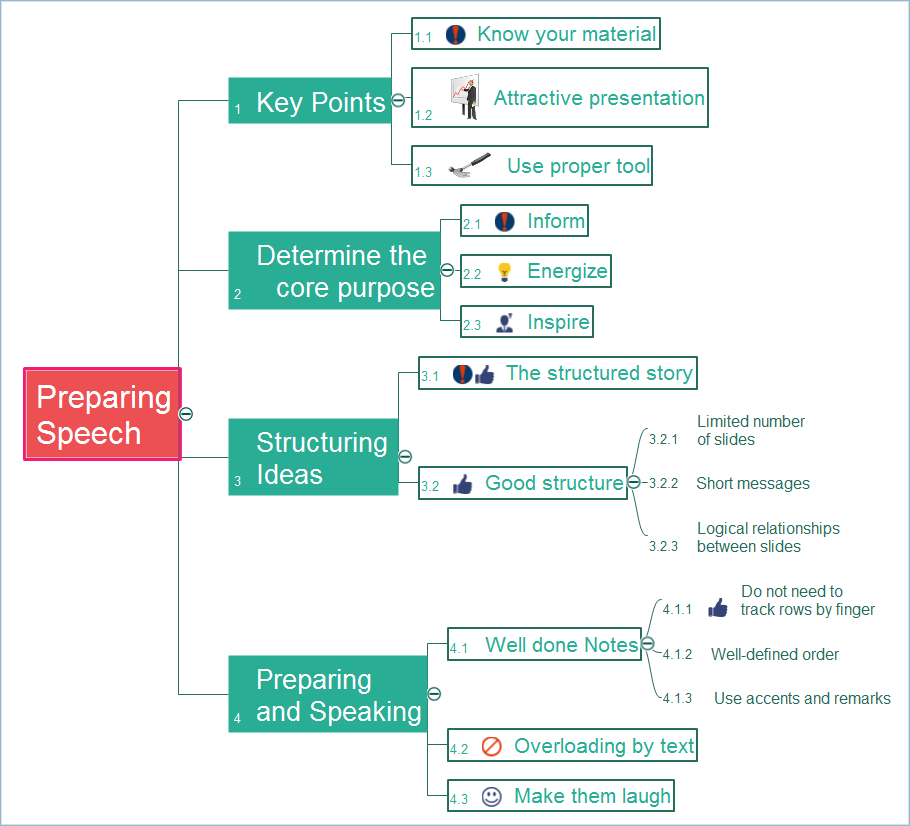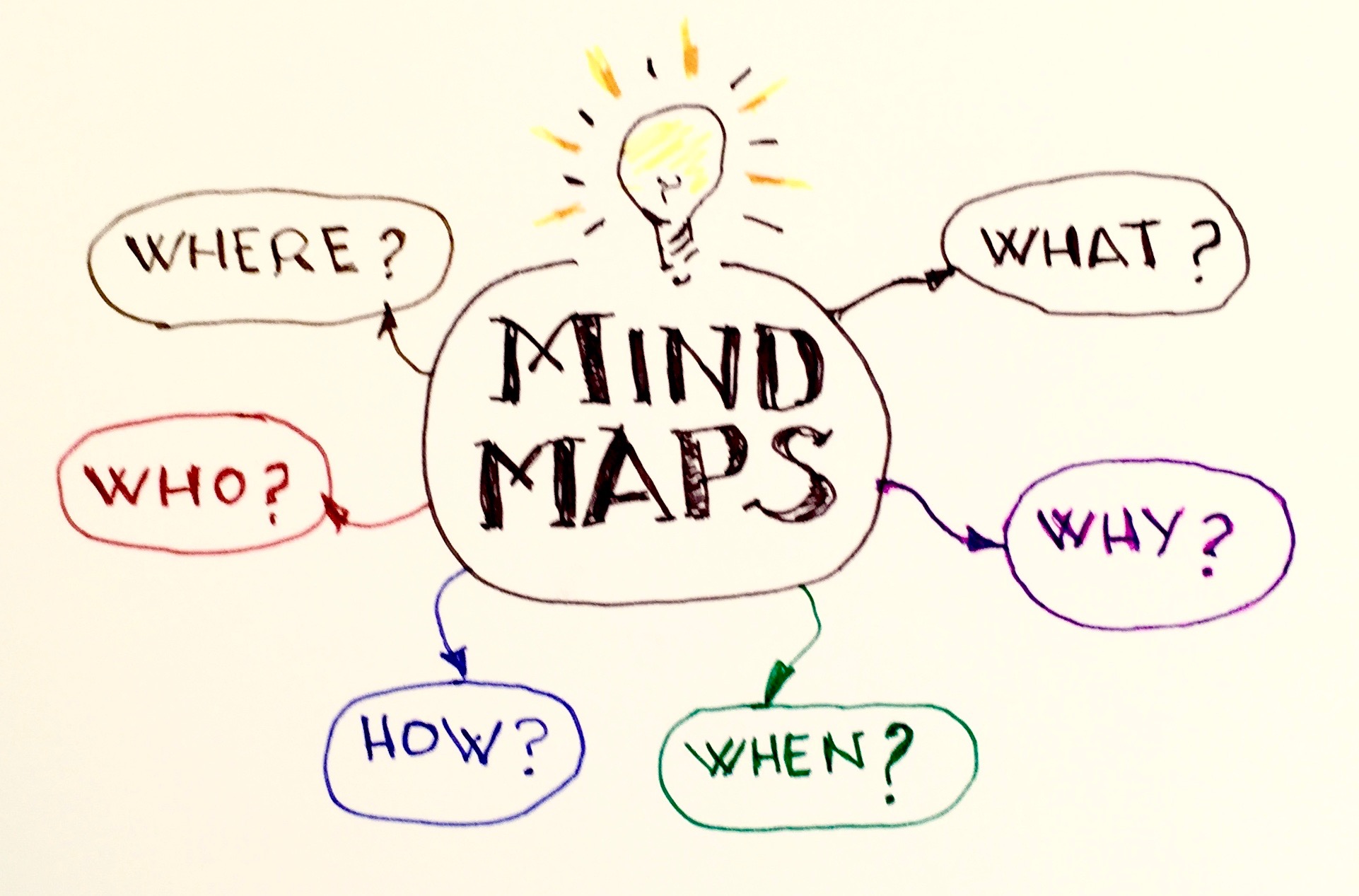

Whether that’s stored in Word documents, Excel spreadsheets, web pages or even individual e-mails, it’s all just a click away. What this means is that you can create a project map that contains shortcuts to a wealth of supporting information. Mind mapping software enables you to embed documents, links, notes and other data within the structure of your map, transforming it into the equivalent of a powerful visual database.

Because of this, you can use it to create sophisticated knowledge models that wouldn’t be possible on paper.Ģ. This makes it possible to store much more information in a software-produced visual map, without overwhelming you. Mind mapping software enables you to arrange information in expandable and collapsible topic trees. But they only scratch the surface of what’s possible with today’s mind mapping software – an electronic form of visual mapping that utilizes many of the rules and conventions of mind mapping as a foundation, but adds some powerful new capabilities, including these ten:ġ. They are a powerful, colorful and memorable way to represent ideas and information. Hiding Mind Map NodesĮach parent node has + and – symbols that can be used to show or hide the child nodes attached to it.Hand-drawn mind maps have a rich history and are widely used today, thanks to the pioneering work of people like Tony Buzan, who has written many books and speaks widely on the subject. The generations theme works well if you need to show order or rank (think of generations in a family tree). If you select the “Generations” theme, all parallel topics within the same generation will be grouped by color.

So for example, if a subtopic is blue, all the child nodes connected to it would also be blue (like in the example above).

If you select the “Families” theme, child nodes will be grouped with the subtopics they’re connected to by color. There are two preset color themes for mind mapping in Gliffy, although of course you can customize colors to your liking. Navigate around your map by using the arrow keys on your keyboard. Create a parallel topic by using (Tab + Arrow) or click on the main topic and then click on one of the gray arrows.Ĥ. When you’ve finished typing hit the Tab key.ģ. Create a subtopic by clicking one of the gray arrows that appear when you click on the main topic (or use the (CMD/CTRL + Arrow) shortcut). For example, let’s say you’re brainstorming a new ad campaign geared towards college students and their eating habits.Ģ. Here's our recommendation: start with a main idea. When diagramming, it's best to start with a mind mapping template. When you open your first one, a handy list of keyboard shortcuts will appear. Log into your account (if you haven't already) and choose “create from a template” or go to: File, New and open the mind map templates folder. You can get started by opening a mind mapping template in Gliffy.


 0 kommentar(er)
0 kommentar(er)
